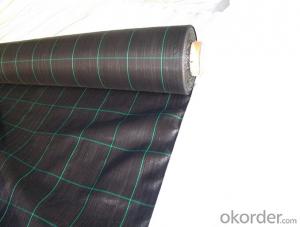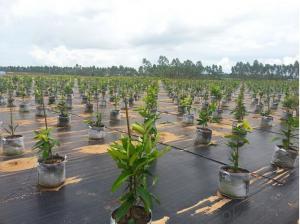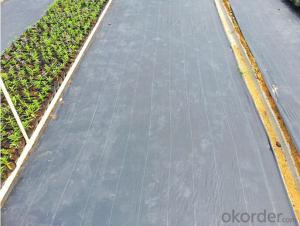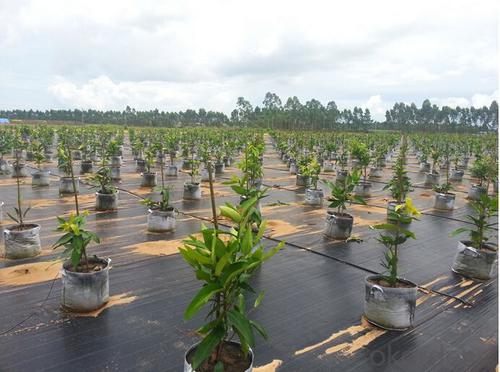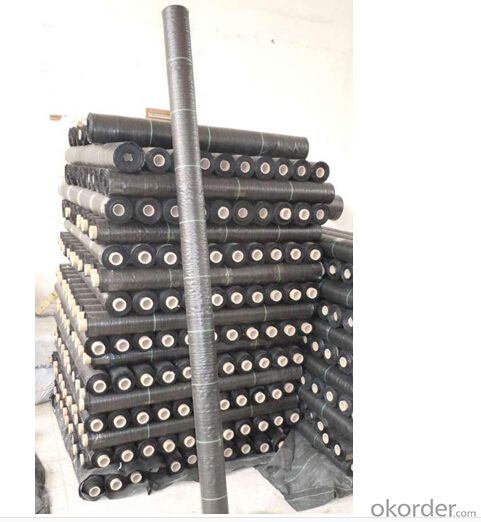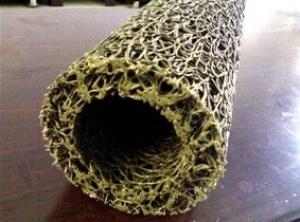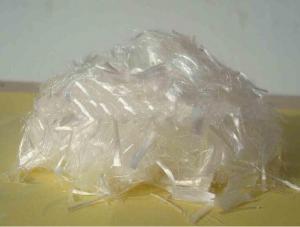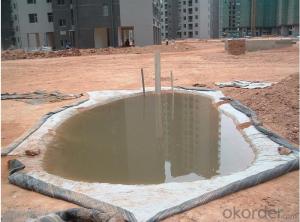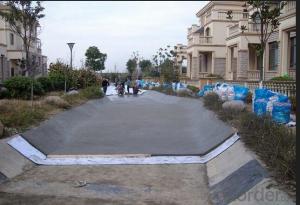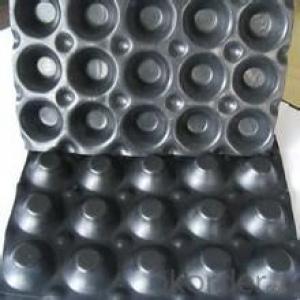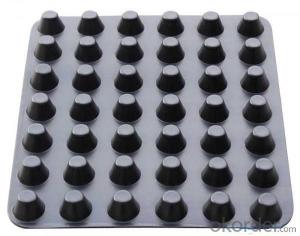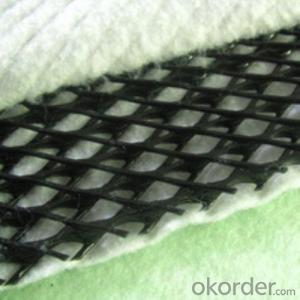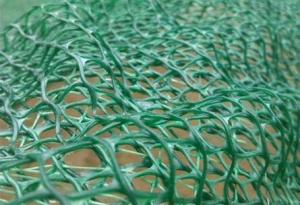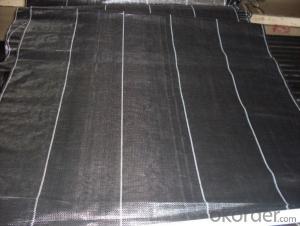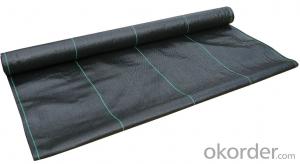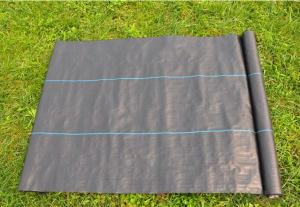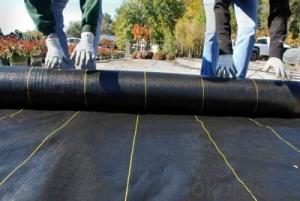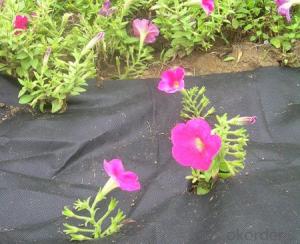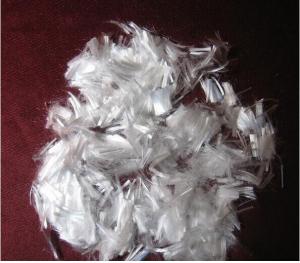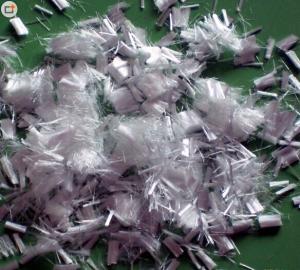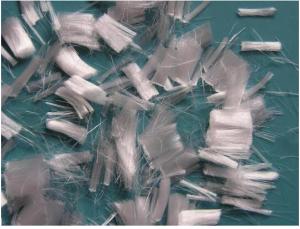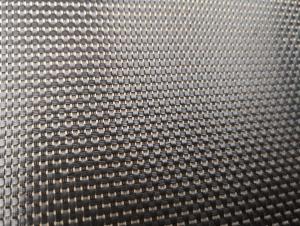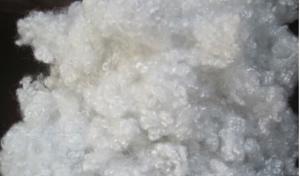Polypropylene Woven Geotextile/Anti Weed Mat
- Loading Port:
- Qingdao
- Payment Terms:
- TT OR LC
- Min Order Qty:
- 10000 m²
- Supply Capability:
- 1000000 m²/month
OKorder Service Pledge
OKorder Financial Service
You Might Also Like
Specification
1. Introduction of Landscape Fabric
Weed block landscape fabric not only prevents weeds,it encourage root growing by keep soil moist and cool.Made of UVtreated polypropylene,this costeffective weed control fabric feteures allow the free flow of air, water and nutrients to the soil while blocking sunlight and weeds.
Weed block helps minimize your yard work since it stops weeds from growing .You do not have to use
herbicides,which can damage your lawn and cause harm to children and animals.Made of polypropylenematerial ,weed block is easily cut to fit in your garden or hard landscape areas.
2. Technical Data Sheet of Landscape Fabric
Norms | Weight(ASTM D 3776:2009):g/m2 | 120 | 140 | 160 | 170 | |
Tensile strength(ASTM D 4632:2008,C.R.E,grab method:N(lbf)) | Warp | 370(83) | 490(110) | 500(112) | 505(113) | |
Weft | 249(56) | 320(70) | 290(65) | 335(75) | ||
Elongation (ASTM D 4632:2008 C.R.E grab method 100%) | Warp | 7.3 | 11 | 9.9 | 13.9 | |
Weft | 5.7 | 7 | 7.4 | 9.1 | ||
Tearing strength(ASTM D 4533:2011 C.R.E, Trapezoid method:N(lbf)) | 120(27) | 140(31)
| 150(34) | 170(38) | ||
98(22) | 110(25) | 110(25) | 155(35) | |||
Bursting strength ASTM D 3786:2009,Hydraulic method:KPa(psi) | 923(134) | 1480(215) | 1280(186) | 1590(159) | ||
Puncture resistance ASTM D 4833:2007,C.R.E,N(lbf) | 230(52) | 275(60 | ||||
3. Function of Landscape Fabric
1).Prevent growth of weed
2).Prevent use farm chemical and good to earth and environment
3).Assure our body heath eating healthy earth products
4) Exceptional toughness and strength
5). Durable, tear-resistant; won't rot or mildew
6). Lightweight, easy to install, follows natural ground contours
7). Ideal for use in garden,flower greenhouse,fruit garden, landscaped beds,under decks and walkways.
4. Application of Landscape Fabric
1). Weed block for landscaped garden beds
2). Permeable liners for planters (stops soil erosion)
3). Weed control under wooden decking
4). Geotextile for separating aggregate / soils under walkway blocks or bricks
5). Assists in preventing paving from settling unevenly
6). Landscape fabric prevents soil erosion
5. Product photo of Landscape Fabric
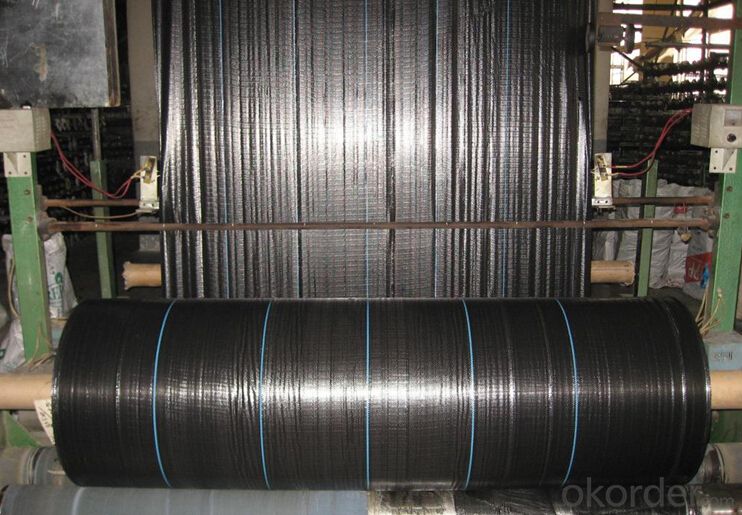
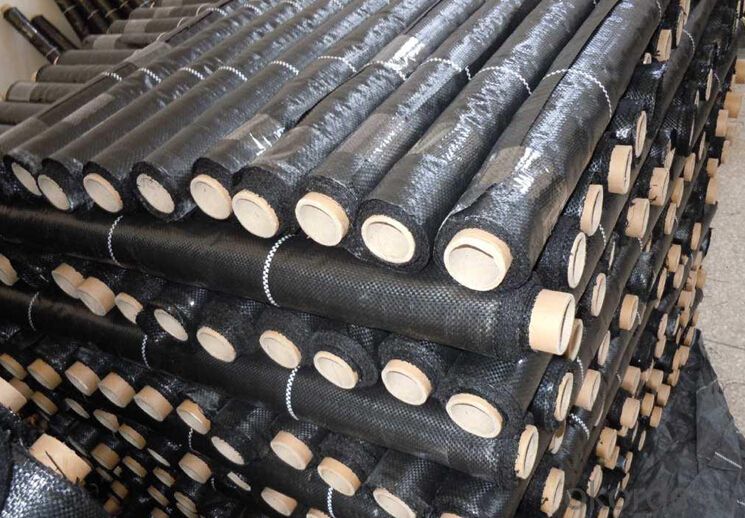
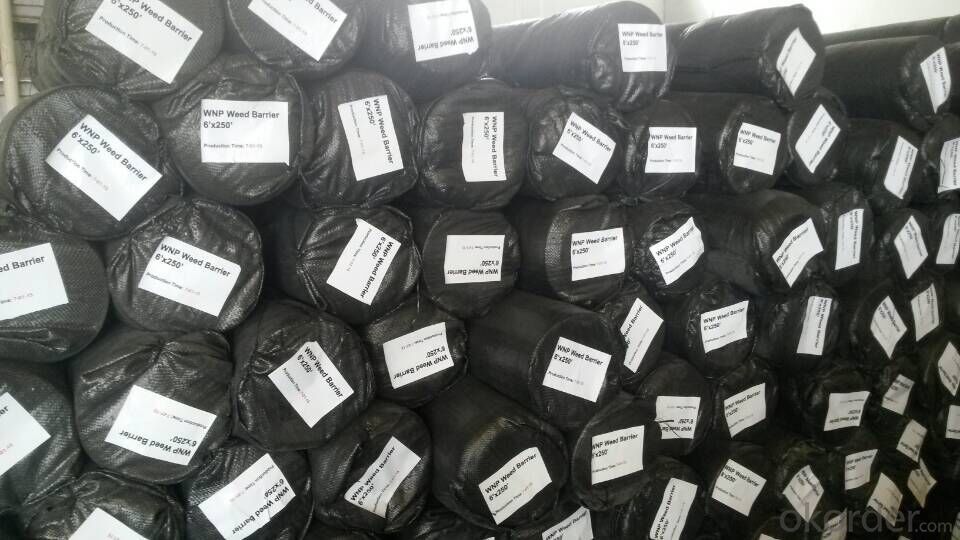
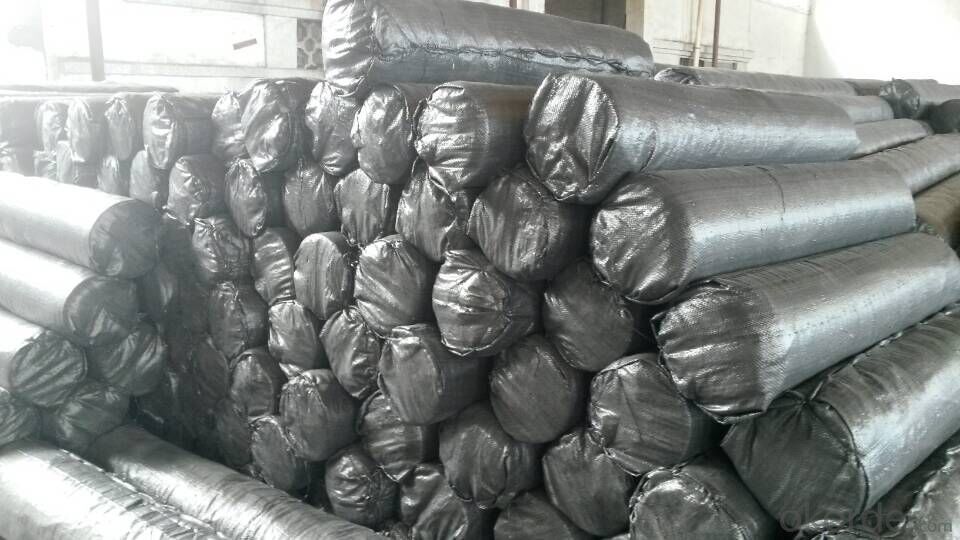
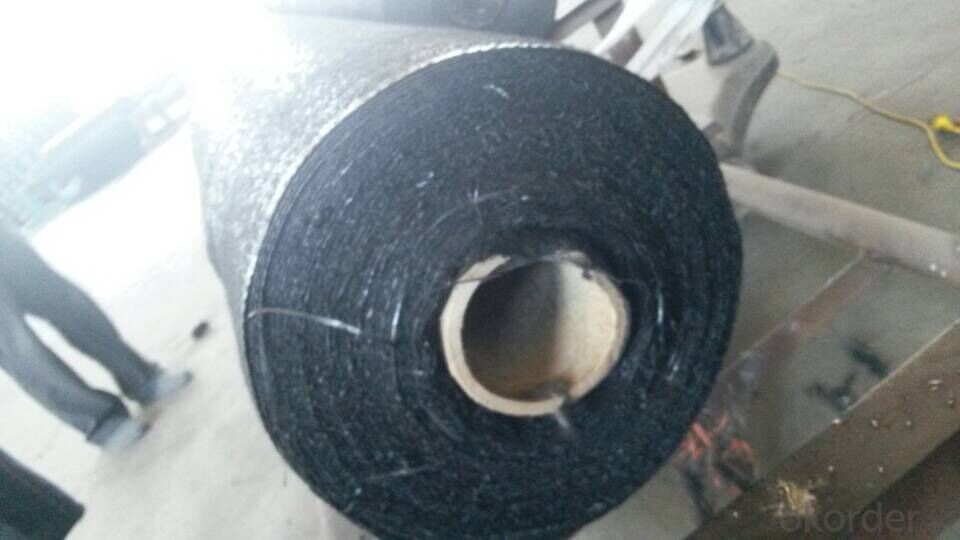
- Q: What is the purpose of using geotextiles in subgrade improvement?
- The purpose of using geotextiles in subgrade improvement is to enhance the stability and strength of the subgrade by separating and reinforcing the soil layers. Geotextiles act as a barrier, preventing the mixing of different soil types, and providing additional support to distribute loads more evenly. They also help to control the flow of water, reducing the risk of erosion and maintaining the integrity of the subgrade over time.
- Q: How are geosynthetic materials used in retaining wall reinforcement?
- Geosynthetic materials are commonly used in retaining wall reinforcement as they provide added strength and stability to the structure. These materials, such as geogrids or geotextiles, are placed within the soil layers to improve the overall performance of the retaining wall. They help distribute the load more evenly, increase the wall's resistance to lateral forces, and prevent soil erosion. Additionally, geosynthetics can enhance drainage capabilities and reduce the potential for wall settlement, ensuring a long-lasting and reliable retaining wall system.
- Q: How are geosynthetic clay liners used in landfill lining?
- Geosynthetic clay liners (GCLs) are used in landfill lining as a barrier system to prevent the leakage of hazardous substances into the surrounding environment. GCLs consist of a layer of bentonite clay sandwiched between two geotextile layers, providing both hydraulic and chemical resistance. They are installed as a primary or secondary liner in landfills, acting as a barrier against the migration of liquids and gases. GCLs offer excellent self-sealing properties, high puncture resistance, and low permeability, making them an effective solution for landfill containment systems.
- Q: What are the advantages of using geogrids in earthwork projects?
- Geogrids offer several advantages in earthwork projects. Firstly, they provide reinforcement to the soil, increasing its load-bearing capacity and stability. This helps in constructing structures on weak or unstable soils. Additionally, geogrids minimize soil erosion by stabilizing slopes and retaining soil particles. They also enhance the performance and longevity of paved surfaces by reducing cracking and rutting. Moreover, geogrids are cost-effective, easy to install, and environmentally friendly alternatives to traditional methods. Overall, the use of geogrids in earthwork projects improves structural integrity, reduces maintenance costs, and promotes sustainable construction practices.
- Q: What are the different sizes available for earthwork products?
- The sizes available for earthwork products vary depending on the specific product. Common sizes for earthwork products include small, medium, and large, as well as specific measurements such as cubic yards or tons. It is best to consult with a supplier or manufacturer to determine the exact sizes available for the specific earthwork product needed.
- Q: Are earthwork products suitable for use in coastal areas?
- Yes, earthwork products can be suitable for use in coastal areas. They can be used for various purposes such as erosion control, shoreline protection, and land reclamation. However, it is important to consider the specific requirements and conditions of the coastal area before determining the suitability of earthwork products. Factors such as wave action, tidal currents, and saltwater exposure should be taken into account to ensure the longevity and effectiveness of the products used in coastal areas.
- Q: Can earthwork products be used in slope stabilization for railways?
- Yes, earthwork products can be used in slope stabilization for railways. Earthwork products such as geotextiles, geogrids, and geocells are commonly used in slope stabilization projects to reinforce and stabilize the soil. These products help prevent soil erosion, improve stability, and increase the overall safety and longevity of railway slopes.
- Q: Can geosynthetics be used for lining wastewater treatment plants?
- Yes, geosynthetics can be used for lining wastewater treatment plants. Geosynthetics, such as geomembranes and geotextiles, provide a cost-effective and efficient solution for containing and controlling wastewater in treatment plants. They offer excellent resistance to chemical and biological degradation, as well as superior durability, flexibility, and impermeability, which are crucial for preventing leakage and protecting the environment. Additionally, geosynthetics help in reducing installation time and maintenance costs, making them a suitable choice for lining wastewater treatment plants.
- Q: What are the different surface finishes available in earthwork products?
- There are several different surface finishes available in earthwork products, including smooth, textured, polished, exposed aggregate, stamped, and colored finishes. These finishes can be applied to various materials such as concrete, asphalt, and natural stone, enhancing their appearance and providing different levels of durability and slip resistance.
- Q: What are the advantages of using geosynthetic erosion control blankets?
- Geosynthetic erosion control blankets offer numerous advantages. Firstly, they provide immediate protection against erosion by stabilizing the soil and preventing sediment runoff. Secondly, they are highly effective in controlling water flow and reducing the velocity of runoff, thereby minimizing the risk of flooding and channel scouring. Additionally, these blankets promote vegetation growth by providing a favorable environment for seed germination and root establishment. They are also cost-effective, easy to install, and highly durable, offering long-term erosion control solutions.
Send your message to us
Polypropylene Woven Geotextile/Anti Weed Mat
- Loading Port:
- Qingdao
- Payment Terms:
- TT OR LC
- Min Order Qty:
- 10000 m²
- Supply Capability:
- 1000000 m²/month
OKorder Service Pledge
OKorder Financial Service
Similar products
Hot products
Hot Searches
Related keywords
